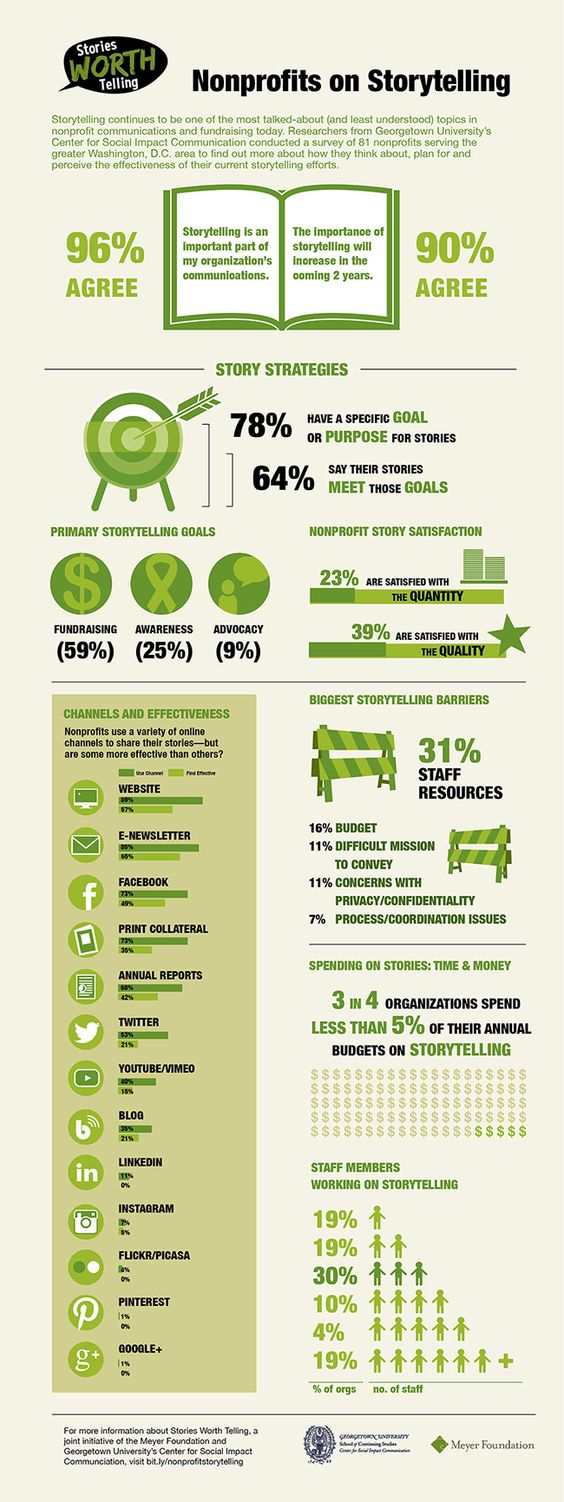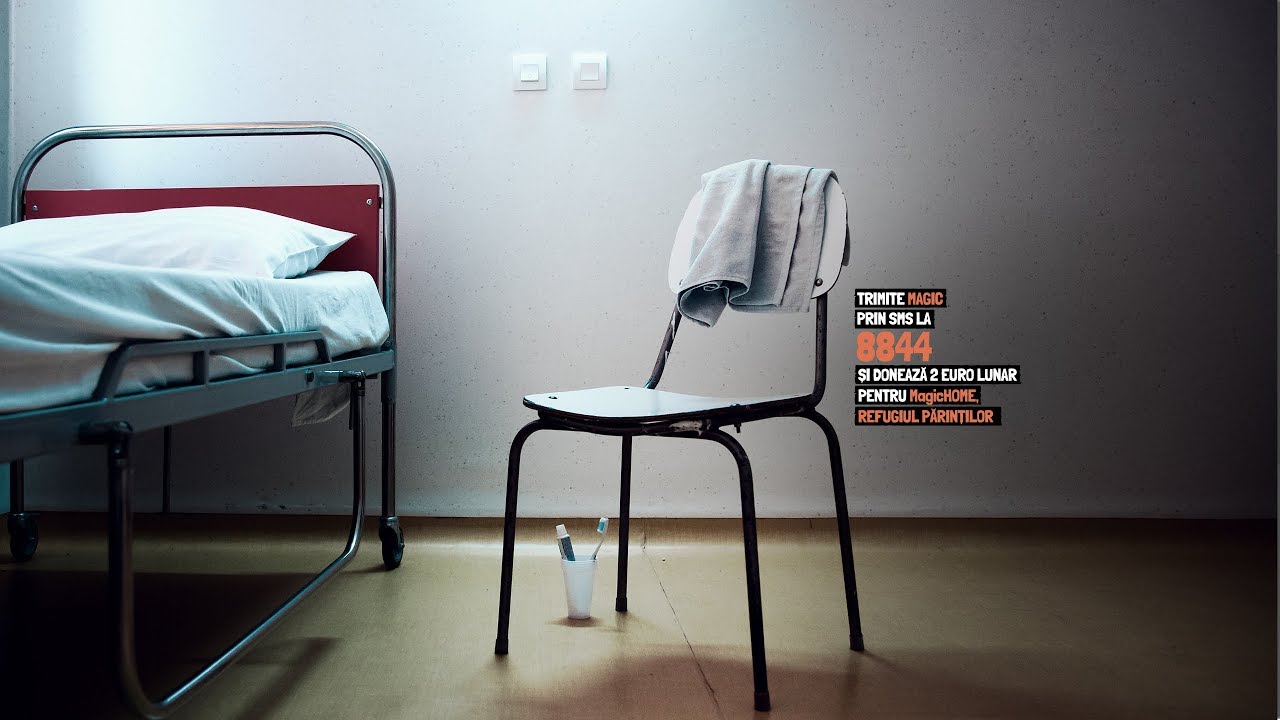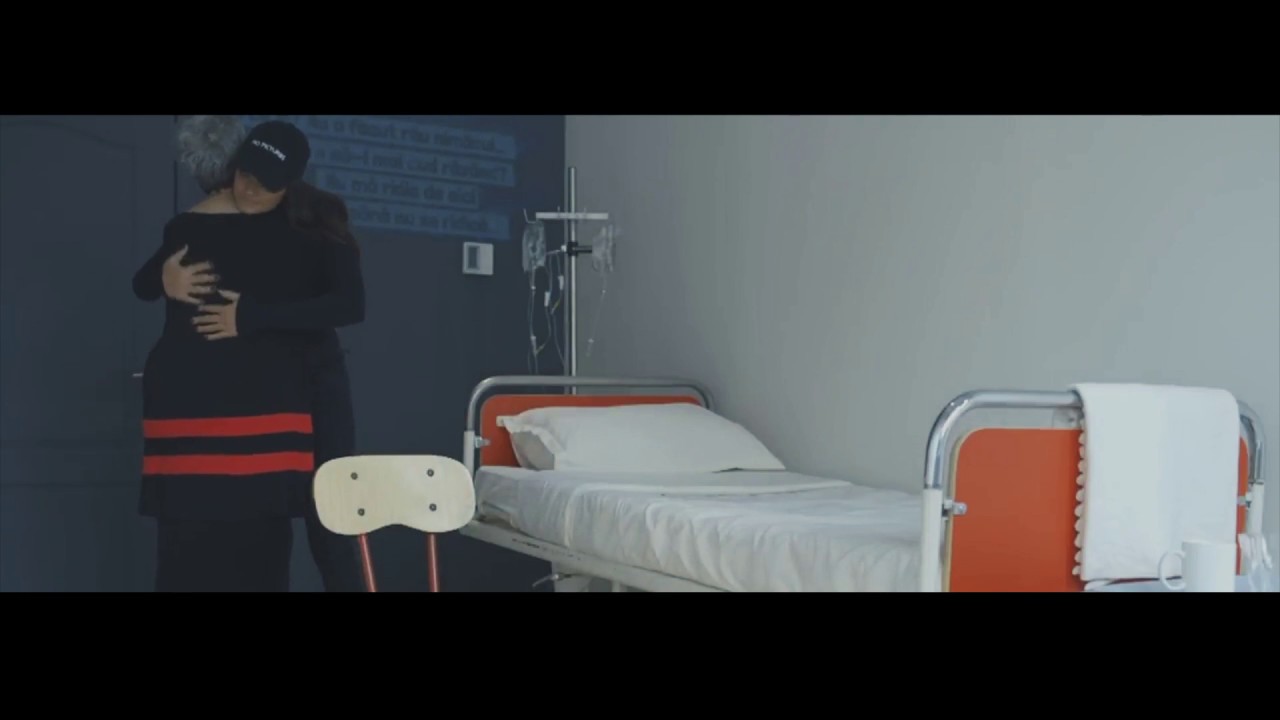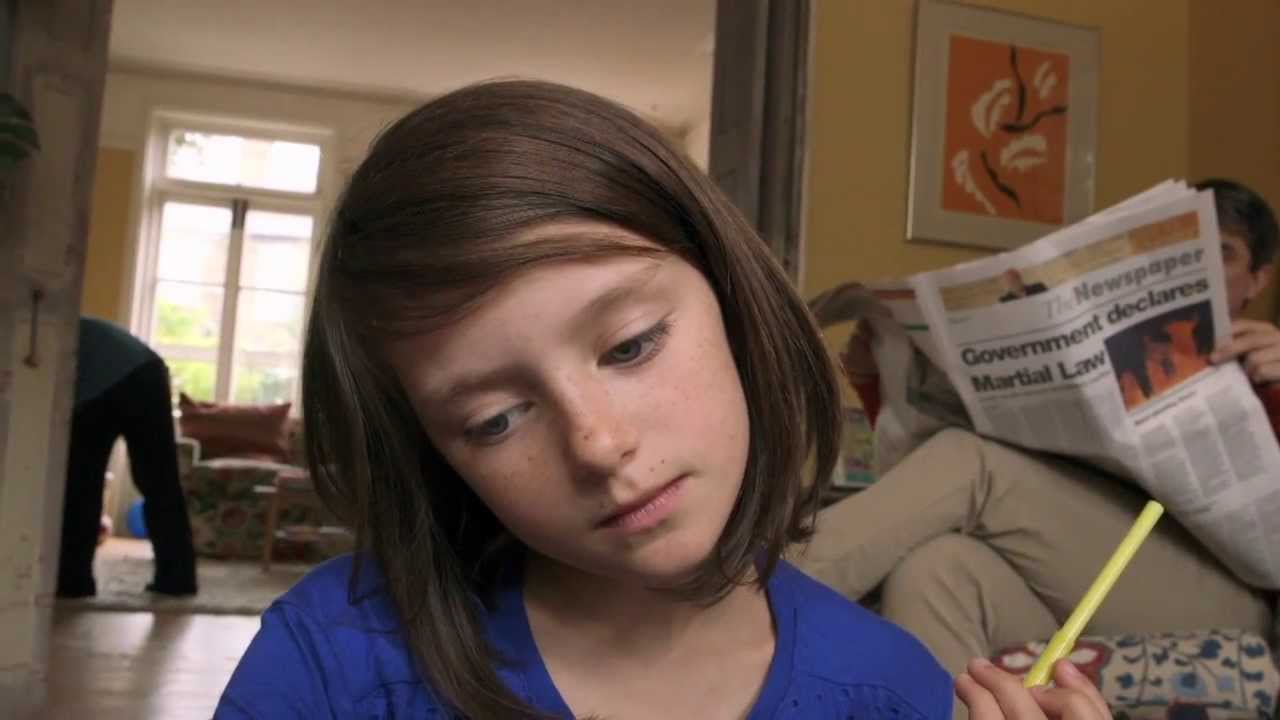Campaigns That We Admire : Together for MagicHome
Today we start a new series of articles that will go under the umbrella of “Campaigns That We Admire”. We want to bring in front of you ideas that were outside-the-box, that brought emotion, that changed something or that at least tried to. Campaigns on never-seen before ideas.
Therefore, we start with the great MagicHome campaign created by Jazz.
The context
2,500 children in Romania are currently treated for oncological illnesses and 550 cancer cases are diagnosed every year. Children suffering from cancer require medical care at pediatric oncology clinics, which are usually located far from their homes.
However, over 70% of the children come from families with limited financial means, which makes the costs of transportation and accommodation the main cause for children being diagnosed late, treatments or examinations being postponed or interrupted, dramatically reducing the chances of healing.
The idea
On the 3rd of November 2017 MagicMakers, the founders of MagiCAMP, decided to show the parents of ill children that they are not fighting cancer alone. They wanted to show everybody how they live. Literally. Therefore, they launched a fundraising campaign, with a very creative idea that came from the Romanian Cannes awarded agency Jazz and did, alongside all a long list of great personalities and people, what the parents do every day, for months, and even years. They sat. On a chair, next to a hospital bed. “We promised we won’t get up until we would raise the money for Magic Home, a 700 square meters building, next to the biggest oncology hospital in Bucharest. A place they so very much need. To cook. To take a shower. To cry,” says the statement on the campaign’s website.
What it is
MagicHOME is a real chance to treatment, a shelter that can help both parents and their children to keep going by offering them decent living conditions throughout the treatment: bathrooms with showers, the possibility to wash and dry their clothes, free meals, inside and outside playgrounds, psychological support and art therapy.
“It’s a campaign that got me emotional, that moved me and that reminded me of why I am working in advertising. It became viral, successfully surpassed its objective and brought us all that GOOD that we needed like air,” said Bogdan Vintila, group creative director Graffiti BBDO & ADC Romania member.
The Jazz team was formed of Raluca Matei, Roxana Cozaru (art directors) and Andreea Ghenoiu, Alina Varlanuta and Miruna Dumitrescu (copywriters). The campaign was declared Campaign of The Year at the ADC*Ro Awards.
The PR agency Rogalski Damaschin got involved to help push promote the campaign to the local media and key influencers.
Results
- simple and powerful great idea
- total dedication from all the parties involved
- emotion put at its best
- unforgettable and with great results
- strong message, carried out voluntarily by over 660 people
- the best proof that creativity and a great idea can change the world for better
How to create an online storytelling campaign for an NGO
“Storytelling is how humans communicate with each other, the way that we make sense of complex information, and how we relay our experiences to others. Nonprofit storytelling can motivate people to pay attention and take action. Emotional, appealing stories can build an online audience for your nonprofit,” wrote TheBalance.

Videos allow you to combine your dynamic story with emotion to create a connection with your audience that words and photos cannot build. Emotion is your main asset to use. Moreover, organizations can convey impact in a way that engages and inspires donors by persistently telling stories.Through storytelling, nonprofit organizations can harness the power of emotion to make a connection with donors that inspires action.
According to thebalance.com, a storytelling campaign has three phases: planning, implementation, and evaluation. In the planning stage, you need to articulate the goal of the storytelling campaign clearly. “Design each campaign for a defined purpose and to accomplish a specific goal. You may need to carry out multiple storytelling campaigns per month to achieve your goal, or perhaps just one per quarter, depending on your resources. Once you define the action that you want people to take, you can determine who is most likely to take that action, and the emotional storytelling hooks to get them to do so.”
The next steps are selecting your audience and making sure that the story is true and it fits the audience’s expectations and realities. There are five main types of stories that nonprofits can collect and develop — value stories, social proof stories, founder stories, resilience/continuous improvement stories, and impact stories. After deciding that you must collect the necessary pieces of information to create the right campaign, choose the right channels to whom to send it and promote it,create it, share it and evaluate it. More details you can find here.
“Because e-mail is a great way to engage supporters who might not regularly visit your website, you can use it to hook supporters into your story and prompt further action, without it feeling like you’re asking for donations at every point of communication. Use e-mail as an opportunity to invite readers to be the hero of your organization’s mission. Layer in visuals: With the average person’s attention span maxing out at 8 seconds, you can’t afford to deliver a novel to people’s inboxes. Instead, think of your story as a short picture book. This email is such a great example because it injects an image after every couple sentences. Break up blocks of text with visuals to keep readers engaged and keep your copy clear, simple and concise,” wrote classy.org.
More ideas and pieces of advice you can find also here.


